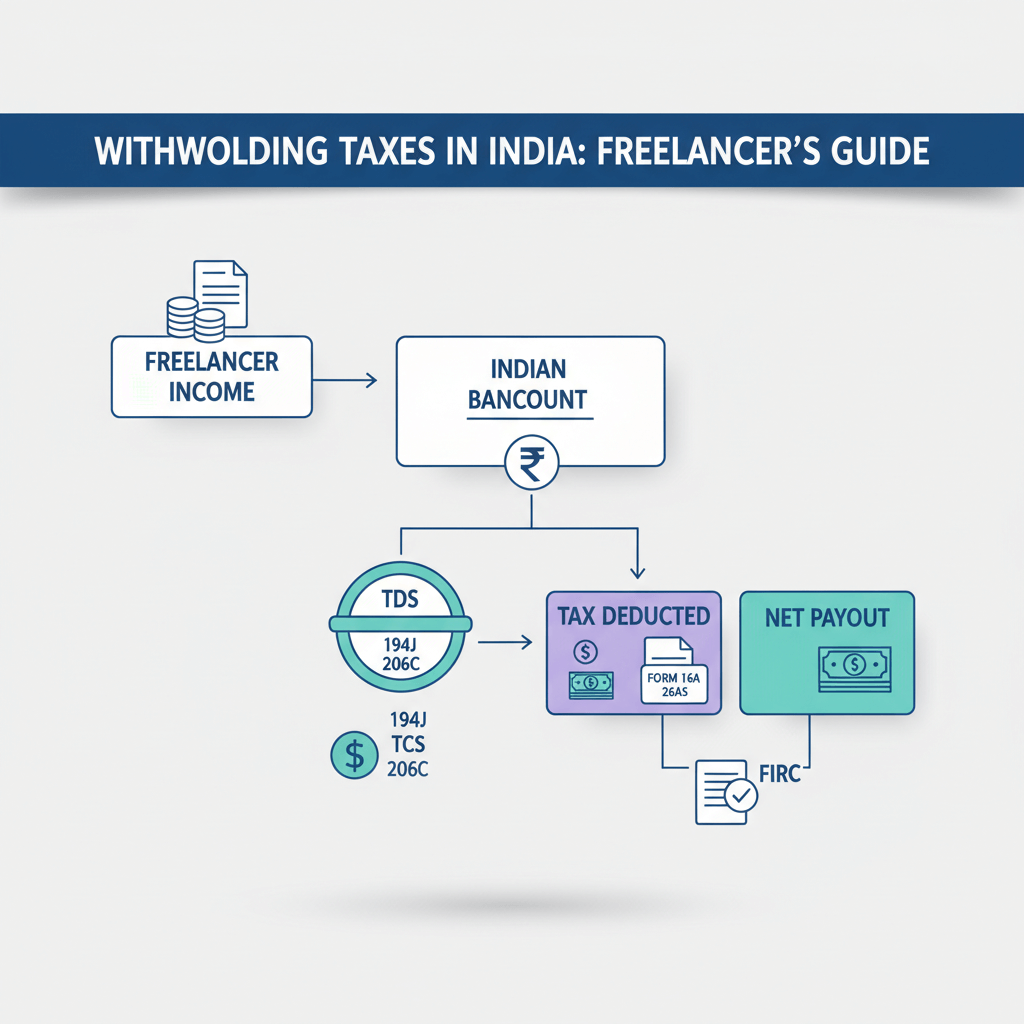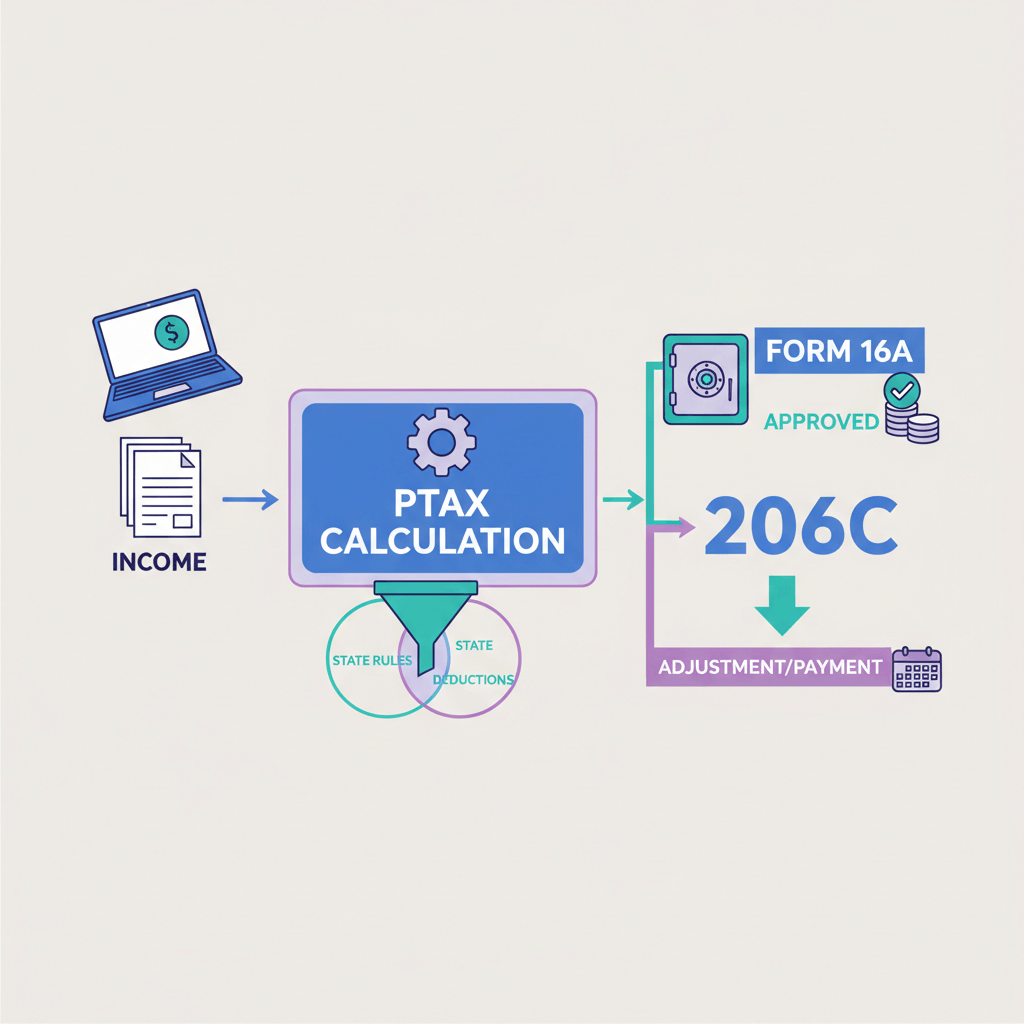Payoneer has limitations in India, Karbon doesn’t. Receive international payments at a flat 1% transaction fee.
For many Indian freelancers and small businesses, Payoneer really feels like a lifesaver when that first overseas client asks, “How should I pay you?”
You don’t have to chase complicated SWIFT paperwork or stand in line at the bank. You just share your Payoneer account details, receive payments in USD, EUR, or GBP, and transfer the money to your Indian bank when it suits you. Everything feels simple at first. But that same convenience comes with hidden fees and small currency cuts that can quietly shrink what you actually get.
It doesn’t matter if you’re a freelancer pulling in $500 a month or an agency invoicing $10,000 at a time. Knowing exactly how Payoneer takes its cut, and how to avoid losing too much, can help you save your hard-earned money.
How Payoneer Works for Indians?

When you sign up for Payoneer, you get access to virtual receiving accounts in major currencies. For example, you can get a US Collection Account, which acts like a local bank account in the US. Your overseas client sends money there just like a normal domestic transfer.
Your funds land in your Payoneer balance. You can hold multiple currencies at once, subject to RBI rules. You decide when to withdraw the money to your linked Indian bank account in INR.
Some users use Payoneer’s Prepaid Mastercard to spend directly from their balance or withdraw cash abroad, although this card is not always available for all Indian accounts now.
Payoneer Fees in India: How Much Do You Lose?
First things first, the fees you pay depend on how you get paid, who sends the money, and what currency you withdraw.
Let’s look into Payoneer fees and charges based on the method you use.
Getting Paid by Clients via Bank Transfer
The most common way Indian freelancers and small businesses use Payoneer is to receive direct international payments via bank transfer. Here’s exactly how it works.
When you sign up for Payoneer, you get Global Payment Service bank details. These are real local bank account numbers in different countries.
You share these account details with your overseas client. To them, it looks like they’re paying a local bank, so they don’t have to do extra paperwork or pay international outward remittance fees in their country.
If you raise an invoice for $1,000, you’ll get $1,000 in your Payoneer balance, but you’ll lose about $20 (2%) when you convert to INR.
Getting Paid by Clients Using a Card
Some clients prefer paying by credit or debit card instead of bank transfer. Payoneer makes this easy with its Payment Request feature. You send your client a digital invoice link, and they pay you securely by card online.
For your client, it’s fast and simple. They don’t have to fill out bank transfer forms. But card payments come with an extra cost for you as the receiver.
So, if you raise an invoice for $1,000, you’ll see $970 in your Payoneer balance after the 3% card fee. When you withdraw, you’ll lose another 2% on conversion, which is $19 more.
Receiving Marketplace Payments (Fiverr, Upwork)
A lot of freelancers in India connect Payoneer to platforms like Fiverr or Upwork to withdraw their earnings. It’s one of the payout options offered on these marketplaces, making it easy to collect international payments without extra bank paperwork.
When you complete a project on Fiverr or Upwork, the platform takes its service fee upfront. Fiverr keeps a 20% cut. Upwork charges 10%–20% depending on your lifetime billings with a client.
Once your earnings are cleared, the platform transfers your payout directly to your Payoneer balance.
If you earn $1,000 on Fiverr, Fiverr keeps 20% ($200) as its commission, so you withdraw $800 to Payoneer. When you transfer this $800 to your Indian bank, you lose around 2% to Payoneer’s FX markup. So you get around $784 worth in INR in your account.
Using the Payoneer Prepaid Card
Some Indian freelancers and small businesses also use the Payoneer Prepaid Mastercard to spend their earnings directly. Instead of withdrawing money to your bank every time, you can keep your USD, EUR, or GBP balance in Payoneer and spend it worldwide wherever Mastercard is accepted.
This is popular for paying online subscriptions, ads, or other services in foreign currency without converting everything to INR. The card works for online payments, point-of-sale purchases, and even ATM withdrawals abroad.
Once you have enough balance in your Payoneer account, you can order the prepaid card (subject to eligibility). Payoneer loads your card with funds from your balance. You can spend directly in the card’s currency, avoiding unnecessary INR conversion.
Suppose you have $1,000 in your Payoneer USD balance. You load it onto your card and use it to pay for a $500 online subscription. Payoneer doesn’t charge extra fees if it’s charged in USD.
If you withdraw $200 cash abroad, you’ll pay about $3.15 in ATM fees plus any ATM surcharge. If you swipe the card for a payment in EUR, Payoneer converts it and charges around 3.5% as a currency conversion fee on that spend.
Other Payoneer Fees in India
Apart from charges on getting paid or spending with the prepaid card, there are a few other Payoneer fees you should know about. These don’t hit everyone but can come up depending on how you use your account.
- Account inactivity fee: If your Payoneer account is inactive for 12 months, Payoneer charges a $29.95 annual inactivity fee. This means if you don’t receive or withdraw any money for a whole year, they’ll deduct this from your remaining balance.
- Receiving payments from other Payoneer users: If someone pays you directly from their Payoneer account, there’s no fee — this is called a Payoneer-to-Payoneer transfer and is free.
- Refunds or chargebacks: If your client disputes a payment made by card and issues a chargeback, Payoneer can pass on the card network’s chargeback fee to you. This is rare but possible if you do a lot of card billing.
- Currency conversion inside Payoneer: If you hold multiple balances and want to convert, say, USD to EUR within your Payoneer account before spending or withdrawing, you’ll pay a markup of 0.5% to 2%, depending on the currencies.
What Indian Freelancers and Exporters Say
Many Indian users stick with Payoneer because it’s simple, trusted by clients, and supports payments from major freelance platforms and marketplaces. They like being able to hold USD or EUR instead of being forced to convert everything instantly.
Some say Payoneer’s customer support can feel slow if your payment is flagged for verification or if you have KYC issues. Others point out that while the fees are clear, the FX spread is still money you lose if you don’t pay attention to the real market rate.
Tips to Reduce Payoneer Costs
You can’t avoid Payoneer’s FX spread entirely, but you can minimize your losses with a few smart habits:
Alternatives to Payoneer to Receive Money in India
Payoneer is popular for its convenience and global reach. For many freelancers and businesses, it’s the easiest way to collect money from clients abroad without setting up complicated bank accounts in different countries.
But once you’re bringing in regular USD payments, Payoneer’s hidden FX spreads and extra card fees can quietly eat into your income. If you’re handling larger or repeat payments, there are smarter ways to keep more of what you earn.
Open a Foreign Currency Account (EEFC)
If you run a registered business or export services or goods, you can open an EEFC (Exchange Earners’ Foreign Currency) account with your Indian bank.
This account lets you legally hold your incoming USD, EUR, or GBP without converting it to INR immediately. So you don’t lose 2% every time you withdraw. Rather, you can wait and convert when exchange rates work in your favour.
Banks like HDFC, ICICI, and SBI offer EEFC accounts, but you’ll need to prove your export status or business income from overseas. Freelancers working solo might not qualify unless they have a registered firm.
Use Direct SWIFT Transfers
If your client is comfortable with international wire payments, you can skip Payoneer’s FX markup by asking for a direct SWIFT transfer to your Indian bank.
Most banks charge a fixed inward remittance fee, but this is usually much cheaper than Payoneer’s 2% FX cut, especially for larger amounts. The bank’s currency conversion spread is also smaller.
Payments by SWIFT typically reach your account in 1–3 business days. For bigger sums, your bank may ask you to share basic export documents or fill in a simple A2 form. If you have an EEFC account, you can even hold the USD until you decide to convert.
Try Modern Platforms with Lower Fees
Newer payment platforms in India are designed to fix exactly what frustrates freelancers about Payoneer — hidden FX spreads and unclear charges.
Karbon lets you receive USD payments into a multi-currency account with lower conversion costs than Payoneer. You can hold USD legally, convert only when you want, and get exchange rates much closer to what you see on Google.
Should You Use Payoneer in India?
For Indian freelancers and exporters, Payoneer works well if you want more control over when you convert your earnings. It’s reliable and accepted by thousands of companies worldwide.
But like any payment solution, it’s not free. The 2% FX spread adds up if you don’t plan how and when you withdraw. Knowing exactly how Payoneer’s fees work helps you protect your income, plan your cash flow, and save what you earn.
FAQs
Is Payoneer legal in India?
Yes, Payoneer is legal in India and works under RBI rules for cross-border payments.
How much does Payoneer charge?
There’s no flat account fee, but you pay 0%–3% on card payments, plus around 2% FX spread on withdrawals.
Is Payoneer available in India?
Yes, freelancers, small businesses, and exporters can use Payoneer to receive global payments.
Is there an annual fee to use a Payoneer account?
No annual fee for the account itself. If you order the Prepaid Mastercard, there’s an annual card fee.
What is the inactivity fee?
If your account is inactive for 12 months, you’ll be charged $29.95 each year until you use the account again or the balance is empty.










